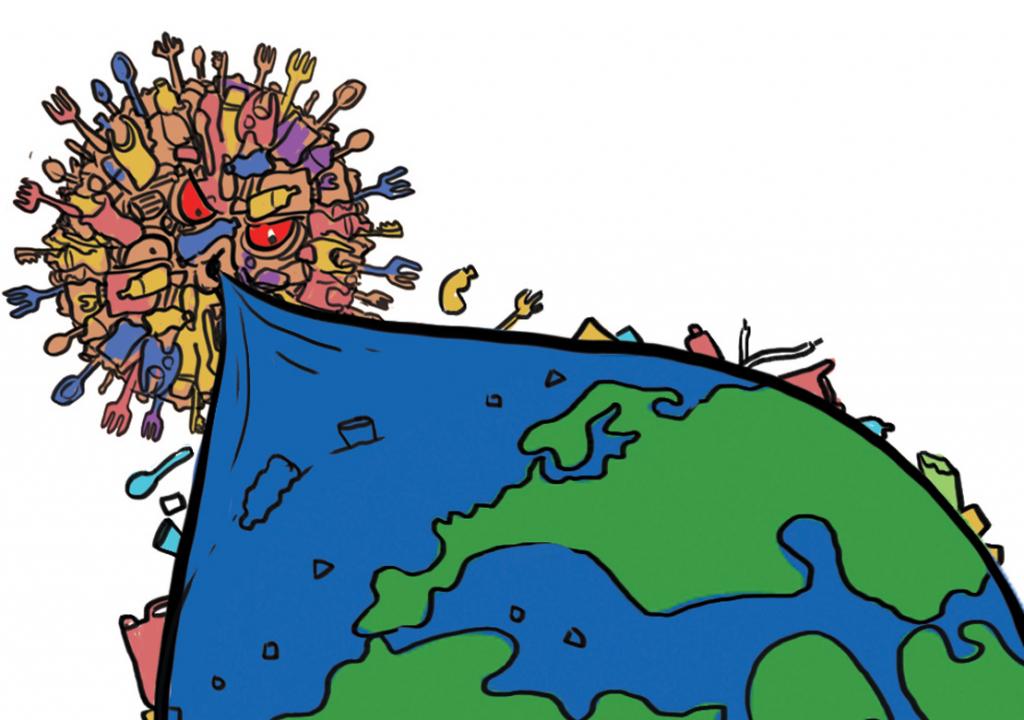
Plastics are widely used for packaging due to their durability and ability to keep the product safe from water and dust. However, plastic is plastic, and it damages the environment.
The Popularity of Disposable Packaging
Reusable plastics are not a popular choice among manufacturers as it requires additional cost to transport and process the procured plastic. Not every manufacturer wants to bear that!
Plus disposables have a great advantage over reusable plastics as they are easier and cheaper to manufacture, procure, and get rid of. This way, businesses do not take responsibility for the waste generated once their product has been consumed. The ease involved in using disposables shuts out the conscience of many businesses, the price of which is paid by nature!
Many materials used in plastic disposables are not recyclable or biodegradable. Therefore, this waste is incinerated or ends up in landfills and oceans.
Sustainable Packaging Wins the Debate!
Sustainable packaging is sourced, produced, and disposed of in a manner that radically reduces their carbon footprint. Here are some materials to opt for:
In Conclusion
If your house is on fire, would you run away or extinguish it? The crux is to get rid of the fire, isn’t it? The same goes for our planet. Whether we use reusable or disposable plastics, the unregulated production of plastic is the problem!
A truckload of plastic enters our oceans every second but only 9 per cent of the global plastic waste is recycled.
It is high time we shift to sustainable options before we become helpless spectators of the destruction we’ve foolishly caused.